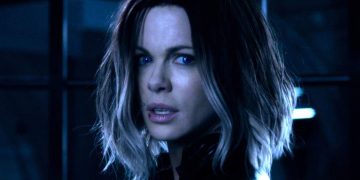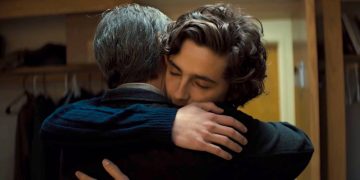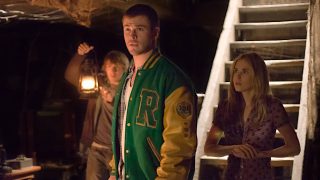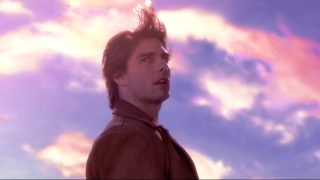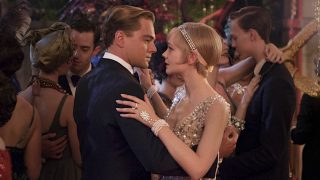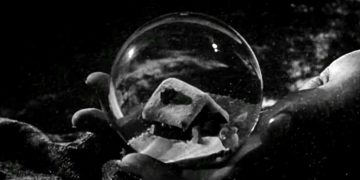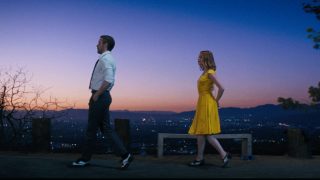It's a well-known fact that viewers love surprises, which is why Hollywood has spent the last few decades trying to pull the wool over the audience's eyes in new and innovative ways.
Of course, it's getting increasingly difficult to surprise moviegoers, so one of the more recent techniques has been to move away from simple plot twists and spin things around with a tonal twist, a genre twist, or a character twist that completely shifts the film in its second half.
This works because the first half gets viewers comfortable with what they're watching. Even if they can't predict the events that are to follow, they have a pretty good idea of the vibe they're riding on. Then... bam! The film changes into something else entirely.
Here are my picks for the best films that are split into two (or more) distinct parts, where each part involves a huge shift in genre, tone, mood, or even protagonists.
10. From Dusk Till Dawn (1996)
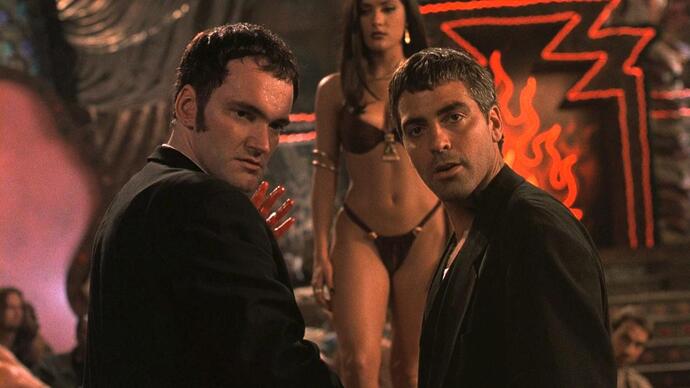
Directed by Robert Rodriguez
Starring Harvey Keitel, George Clooney, Quentin Tarantino
Action, Crime, Horror (1h 48m)
Quentin Tarantino rose to fame as an auteur director of crime, proven early by his films Reservoir Dogs and Pulp Fiction. In the case of From Dusk Till Dawn, he didn't direct but he did write the screenplay—and he tricked us into thinking it was just another Tarantino crime flick.
From Dusk Till Dawn starts as a buddy road movie between two criminal brother protagonists (played by George Clooney and Quentin Tarantino), then morphs into a vampire horror partway through.
Just when you get comfortable with the premise, director Robert Rodriguez switches things up and throws us into a slasher apocalypse where a strip club is populated by blood-sucking monsters.
9. Sunshine (2007)
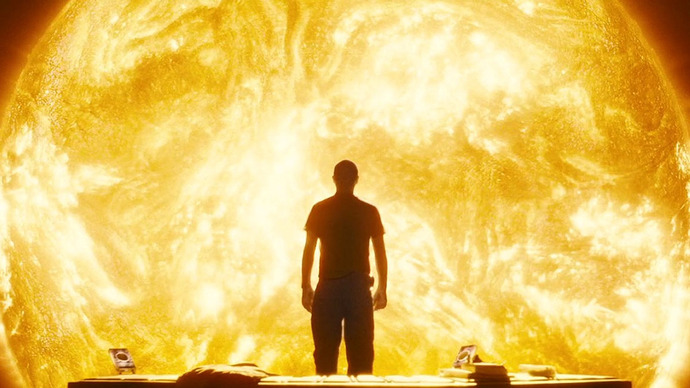
Directed by Danny Boyle
Starring Cillian Murphy, Rose Byrne, Chris Evans
Sci-Fi, Thriller (1h 47m)
Sci-fi slashers aren't common, but they do exist. That said, rather than simply merging the two genres together from the offset, director Danny Boyle decided to play them one-by-one in Sunshine.
Eight astronauts are headed towards a dying sun in 2057, hoping to jump-start it like a broken car in the usual save-the-world sci-fi fashion. But before they can get it done, a murderous captain with third-degree burns suddenly starts unleashing his wrath on the crew.
Space odyssey meets bloody horror in Sunshine, which was clearly inspired by Ridley Scott's Alien. The third act shift might be jarring and unusual, but no one can deny that it's surprising!
8. The Place Beyond the Pines (2012)
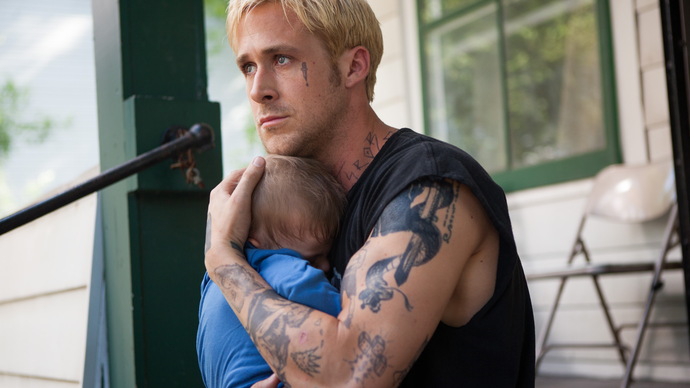
Directed by Derek Cianfrance
Starring Ryan Gosling, Bradley Cooper, Eva Mendes
Crime, Drama, Thriller (2h 20m)
From the moment The Place Beyond the Pines starts, it's pretty clear to us who the protagonist is. Derek Cianfrance uses a long take to introduce our main man Luke, tracking him through a carnival scene.
Luke (played by Ryan Gosling) robs banks to provide for his family, but when he gets caught by the police, he passes the protagonist baton to officer Avery Cross (played by Bradley Cooper).
Is one character change-up not enough for you? No worries! The Place Beyond the Pines shifts again in the third act from Avery to Avery's son Jason (played by Dane DeHaan).
Essentially, the message of all this is that every life—no matter how seemingly unrelated or unconnected—touches another, as Luke's initial actions ricochet into Avery's home life.
7. Waves (2019)
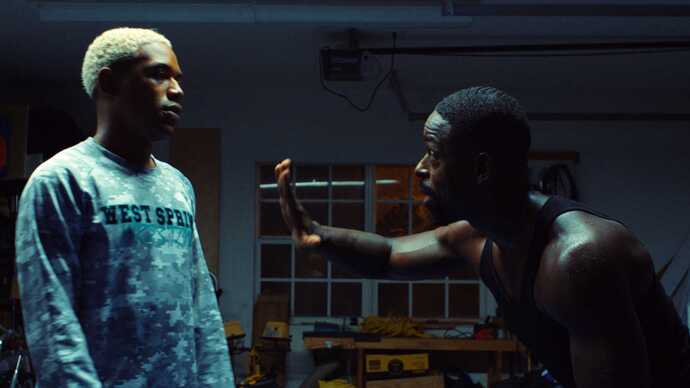
Directed by Trey Edward Shults
Starring Taylor Russell, Kelvin Harrison Jr., Alexa Demie
Drama, Romance, Sport (2h 15m)
There are multiple ways to signal a narrative shift. You can twist the color palette, the camera angles, the mood, or even kill off a character. In Waves, Trey Edward Shults uses the aspect ratio to guide us from one story to another, which are separate but still related.
The first half of Waves centers on Tyler (played by Kelvin Harrison Jr.), whose domineering father pressures him into a downward spiral.
As Tyler's stress builds up, the aspect ratio gradually tightens down to 1.85:1 until it blows up at a cataclysmic party scene. In the aftermath, the narrative POV switches over to Tyler's sister (played by Taylor Russell).
6. Hot Fuzz (2007)
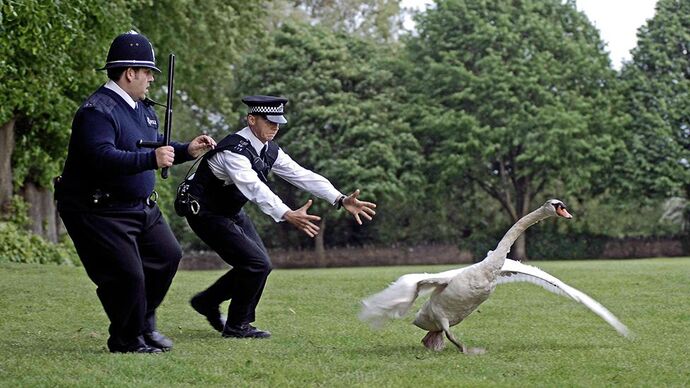
Directed by Edgar Wright
Starring Simon Pegg, Nick Frost, Martin Freeman
Action, Comedy, Mystery (2h 1m)
Simon Pegg, Nick Frost, and Edgar Wright love to mix up genres to amplify the comedy, as seen in the zombie apocalypse of Shaun of the Dead and the robot invasion of World's End. They're the comedy DJs of film, mashing up whatever they can find in the most unusual ways.
The genre divide is a bit more potent in Hot Fuzz, as we spend the first half of the movie thinking it's little more than your typical buddy cop comedy. Of course, there's a surprise waiting for us!
As we should've guessed from the creators of the Three Flavours Cornetto film trilogy, something homicidal lurks in the mix. This time around, it's in the form of a genocidal village cult.
5. Mulholland Drive (2001)
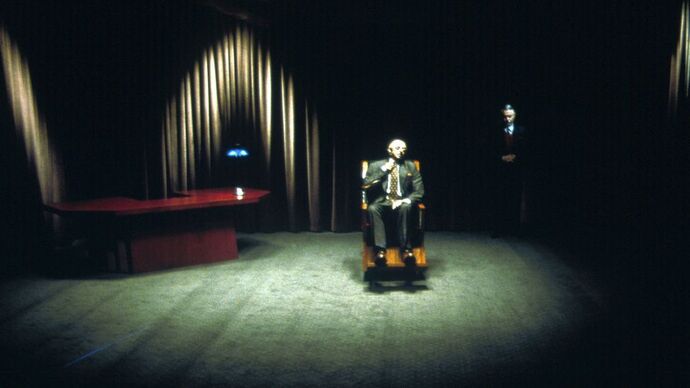
Directed by David Lynch
Starring Naomi Watts, Laura Harring, Justin Theroux
Drama, Mystery, Thriller (2h 27m)
Did you know Mulholland Drive was originally intended as a TV series? No surprise given the success of David Lynch's previous show Twin Peaks.
If it were a TV show, Mulholland Drive's tonal shift—from standard indie drama to surrealist neo-noir thriller—would've been more gradual. But as a movie? The switch feels quite abrupt... in a good way!
When a stranger turns up to Betty's house with amnesia, the two attempt to figure out the woman's identity. Played by Naomi Watts and Laura Harring, the pair are not what they first seem.
As it turns out, David Lynch's tagline "A love story in the city of dreams" isn't actually about romance but the literal, dreamlike subconscious.
4. Titanic (1997)
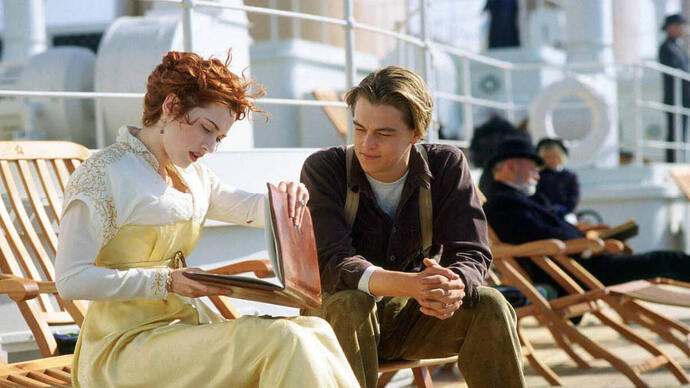
Directed by James Cameron
Starring Leonardo DiCaprio, Kate Winslet, Billy Zane
Drama, Romance (3h 14m)
Everyday moviegoers might be tempted to skip the romantic first half of Titanic and jump right to the iconic disaster half. After all, isn't the tragedy more exciting than the protagonists' character developments?
But Jack and Rose (played by Leonardo DiCaprio and Kate Winslet) are actually the bridge between the setup and payoff of Titanic—two halves that are so pronounced, people often bypass the beginning altogether.
James Cameron broke records with his advanced production of Titanic, which ends in a technical feat of ship-sinking thrills. The three-hour runtime is portioned out between a flashback romance and post-iceberg fight for survival, keeping us entertained from start to finish.
3. Psycho (1960)
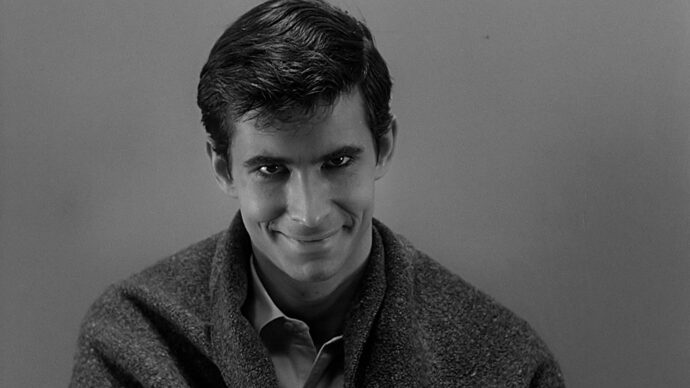
Directed by Alfred Hitchcock
Starring Anthony Perkins, Janet Leigh, Vera Miles
Horror, Mystery, Thriller (1h 49m)
Considered one of the first-ever cinematic auteurs, Alfred Hitchcock had a lot of trademarks that differentiated him from other directors of his time, including his mastery of suspense, his fixation on blonde women, and his use of the narrative split.
Hitchcock's narrative split was almost always rooted in a character death, unexpectedly cropping up halfway through one of his movies.
The technique is a little more commonplace these days, but back in the 1950s and 1960s, viewers were completely shaken when it happened. In his most iconic film, Psycho, it's Janet Leigh who meets her famous end halfway through the film during her fatal motel shower.
2. Full Metal Jacket (1987)
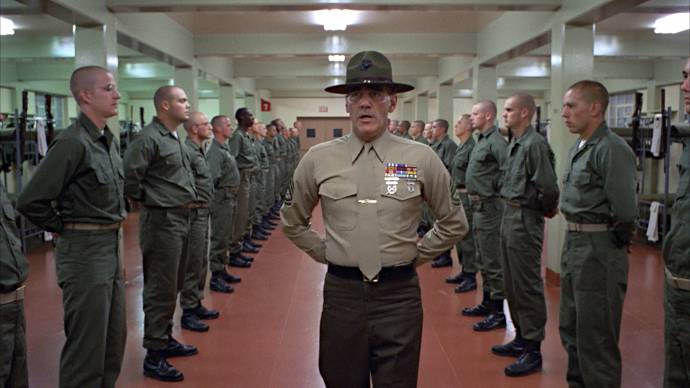
Directed by Stanley Kubrick
Starring Matthew Modine, R. Lee Ermey, Vincent D'Onofrio
Drama, War (1h 56m)
Back in the 1970s and 1980s, a string of fantastic Vietnam War movies came out, including Platoon, The Deer Hunter, and Apocalypse Now.
It's hard to say which Vietnam War movie is truly the best of the best, but Full Metal Jacket is definitely up there! Not surprising, given that it was directed by cinematic legend Stanley Kubrick.
Besides being a Kubrick film, Full Metal Jacket stands out for its unconventional approach to plot structure. There's a definitive before and after—marked by one of the privates committing suicide—that depict the grueling training process and even more grueling field service.
1. Vertigo (1958)
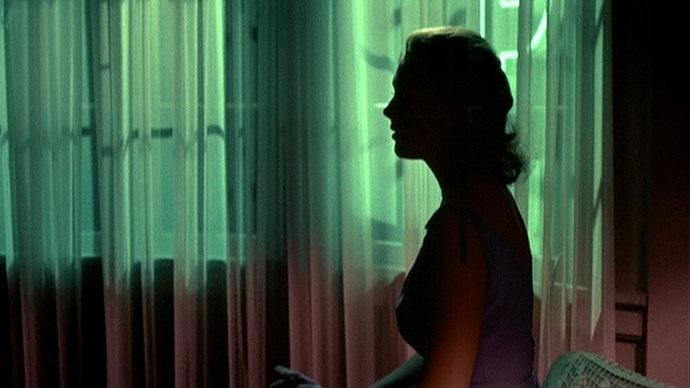
Directed by Alfred Hitchcock
Starring James Stewart, Kim Novak, Barbara Bel Geddes
Mystery, Romance, Thriller (2h 8m)
Psycho might be Alfred Hitchcock's most well-known film, but if you ask most critics and scholars, Vertigo is his greatest work. And, like in Psycho, the blonde protagonist (played by Kim Novak) of Vertigo meets her unfortunate demise long before the end of the movie.
Interestingly enough, Vertigo was hated by audiences when it released in 1958, mainly for the fact that this film turned their American sweetheart Jimmy Stewart into a slowly maddening anti-hero midway through.
After his love interest suddenly dies, Scottie grows obsessed with turning another woman into her image, morphing the romance detective movie into something much darker and more sinister...

